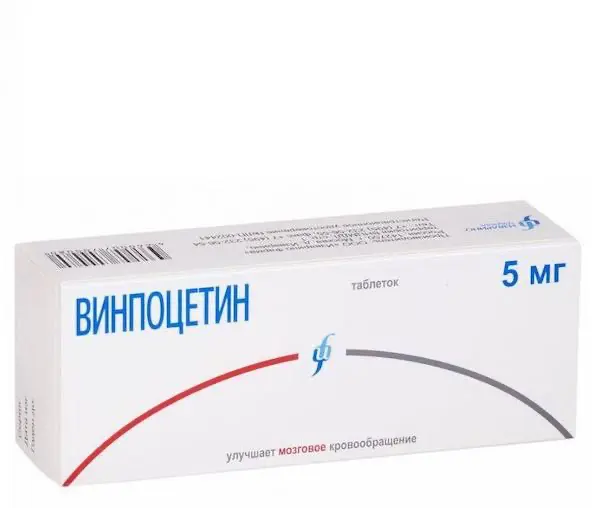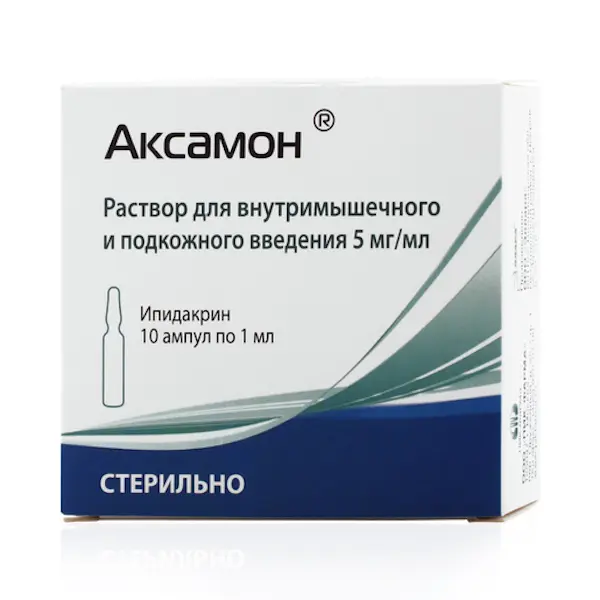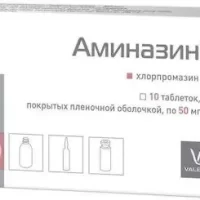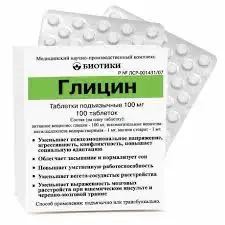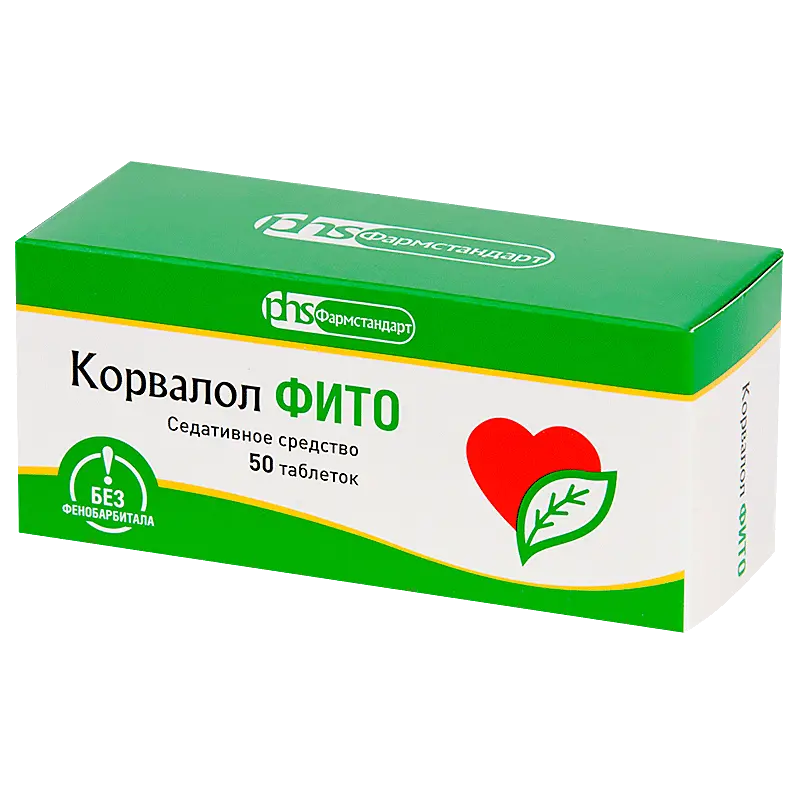Description
Vinpocetine Pharmacodynamics
Vinpocetine action mechanism consists of several elements: it improves cerebral blood flow and metabolism, has a favorable effect on the rheological properties of the blood.
The neuroprotective effect is realized by reducing the adverse cytotoxic effects of excitatory amino acids. It blocks Na+- and Ca2+-channels and NMDA- and AMPA-receptors. Selectively inhibits Ca2+-calmodulin-dependent cGMP-phosphodiesterase. Increases serotonin and noradrenaline metabolism in the brain, stimulates the noradrenergic neurotransmitter system and has an antioxidant effect.
Improves microcirculation in the brain by inhibiting platelet aggregation, reducing pathologically elevated blood viscosity, increasing red blood cell deformability and inhibiting adenosine reuptake; promotes oxygen transfer to cells by reducing red blood cell affinity for it.
It selectively increases cerebral blood flow by reducing cerebral vascular resistance without significant effect on systemic circulatory parameters (blood pressure (BP), cardiac output, heart rate, total peripheral vascular resistance); it does not cause “stealing” effect.
Indications
Neurology: symptomatic therapy after ischemic stroke, vascular vertebrobasilar insufficiency, vascular dementia, atherosclerosis of cerebral vessels, post-traumatic, hypertensive encephalopathy.
Ophthalmology: chronic vascular diseases of the retina and choroid
Otology: hearing loss of perceptive type, Meniere’s disease, tinnitus.
To avoid complications, use strictly as prescribed by your doctor.
Contraindications
-Hypersensitivity to vinpocetine or other drug components;
-acute phase of hemorrhagic stroke;
-Severe form of coronary heart disease;
-pregnancy;
Breast-feeding period;
-Children under 18 years of age (due to the lack of data from clinical trials).
Caution
Presence of prolonged QT interval syndrome and taking drugs that cause prolongation of the QT interval, require periodic ECG monitoring.
In severe heart rhythm disorders, increased intracranial pressure, taking antiarrhythmic drugs, prolonged QT syndrome or concomitant use of drugs that cause prolongation of the QT interval, vinpocetine should be used with caution.
Administration during pregnancy and breast feeding
Use during pregnancy is contraindicated and during breastfeeding is contraindicated.
Pregnancy
Vinpocetine penetrates through the placenta, and the concentration of vinpocetine in the placenta and fetal blood is lower than in the blood of the pregnant woman. Teratogenic and embryotoxic effects have not been revealed. In animal studies, placental bleeding and spontaneous abortions have occurred at high doses, presumably as a result of increased placental blood flow.
Breastfeeding period
Preclinical studies with radioactively labeled vinpocetine found concentrations in breast milk of newborn animals 10 times higher than in maternal blood. Within one hour, 0.25% of the administered dose penetrates into breast milk. When deciding to stop breastfeeding or to discontinue treatment with vinpocetine, the benefit of breastfeeding for the child and the benefit of therapy with vinpocetine for the woman should be balanced. Breast-feeding must be discontinued during the use of the drug.
Dosage and administration
- The course of treatment and dosage is determined by the attending physician.
- Inside, after a meal.
- Usually, the daily dose is 15-30 mg (5-10 mg three times a day).
- The initial daily dose is 15 mg. Maximum daily dose is 30 mg.
- Therapeutic effect develops approximately one week after the start of vinpocetine administration. The course of treatment is 1-3 months.
- In kidney and liver diseases vinpocetine is prescribed in the usual dose, the absence of cumulation allows for long courses of treatment.

